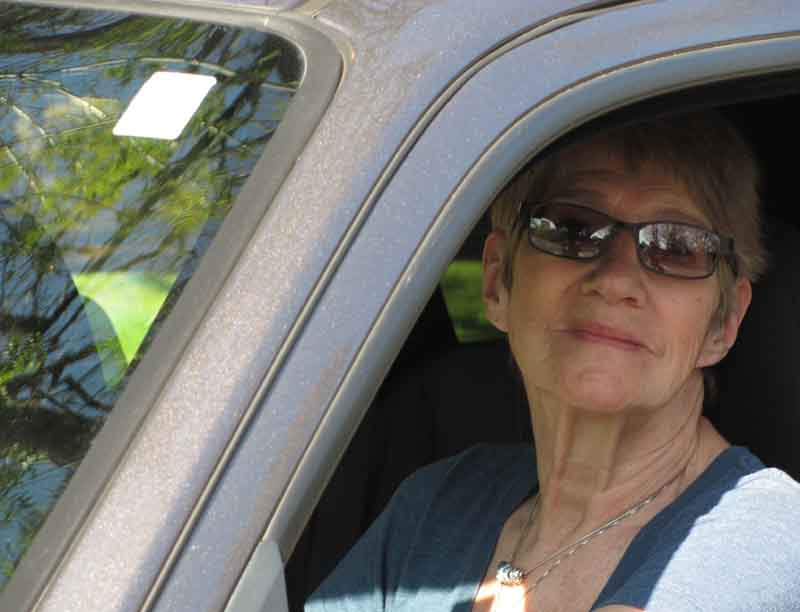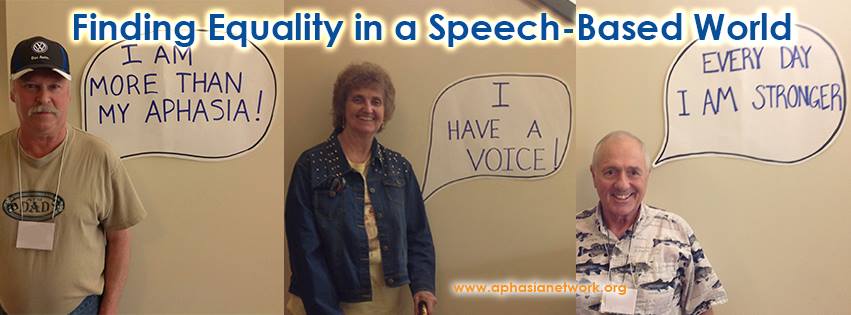
Yes, Virginia, there are real Quakers in Portland.
After I chronicled a strange admonition from the Unitarian Universalist Community Church of Washington County (UUCCWC) minister about wearing jeans to its place of worship, goodwill toward this photojournalist flew out the window. At a subsequent rehearsal, the church’s choir director chimed in that she didn’t believe my account was true, which I interpreted as a challenge to my penchant for accuracy or, worse yet, journalistic ethics.
So the day after Alice endured her stroke, I deemed it opportune to end my participation in UUCCWC. I could not abide being increasingly disparaged for frankness and truthfulness, so I used the timing of my wife’s ailment and recovery to split and “git.”
One comment on my criticism of UU’s Rev. Christine Riley was offered by a prominent Buckingham Quaker who wondered why I had not sought out the Quakers. At first glance, I had thought an evangelical church in Hillsboro was my only alternative. But I used the month of March to do further research, which revealed a possible bona fide Quaker meeting – the Multnomah Friends Meeting – in southeast Portland on Stark Street.
Man, oh man, am I glad I did. At last Sunday’s meeting for worship, April 19th, attended by more than 60 friends, I was treated like a long-lost son. The reception I received and the extended hands of friendship were unreal! But was it an illusion? I had to bring Alice, and get her usual candid opinion.
Surprisingly, my life partner was receptive to accompany me this morning, 4/26. There is no singing of hymns like in Buckingham, Pa., but 60 friends were in attendance. (Meetings for worship are so popular that another Sunday meeting is held earlier.) Alice’s opinion now appears to be as embraceable as mine. And guess what Portland Quakers are up to? Lobbying the Portland City Council to vote against the proposed propane terminal, that’s what!
I was inspired to stand and speak today, because the EXIT signs to be used in case of emergency there are not red like other public places. They are green! After all, does it make sense to GO toward a sign colored red? That’s not natural! Multnomah Friends exhibit their zeal for simplicity.
I’m sure there will be more to chronicle eventually about Multnomah Friends, but I couldn’t help ending this post without reciting verbatim their call for civic action. Here ’tis:
CALL THE CITY COUNCIL TO SAY ‘NO’ TO PEMBINA
“Portland’s Planning and Sustainability Commission has recommended a zoning change to accommodate a new fossil fuel terminal on the Columbia [River]. This is one of dozens of projects that want to push oil, coal and gas exports through our region.
“It’s our local piece of the fight to keep fossil fuels in the ground worldwide. Ten Multnomah Friends turned out for hearings on the Pembina propane terminal, and now we need your help with the next step: Please call City Councilors ASAP, say you are a person of faith and ask them to say ‘no’ to Pembina.
“Nick Fish (503-823-3589) and Steve Novick (503-823-4682) are moderate /undecided council members who most need to hear from us.”
The Quakers’ call for action is an opportunity for real-world citizens to express themselves responsibly and fulfill their civic duty. If you agree with Multnomah Quakers’ point of view and want to participate, click this link for background and talking points.
This is better than just standing around and bitching, right?












